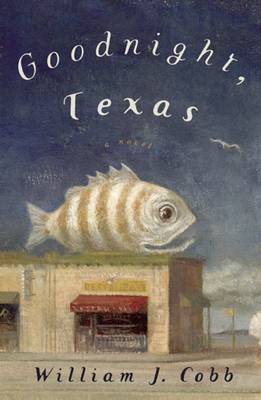Reviewed by jamiereadthis on
Reading updates
- Started reading
- Finished reading
- 24 April, 2019: Reviewed

Besides Versailles, there was another palace that witnessed a flight of fancy--one original flight, and then tens of thousands of impregnated others. Their sum total? Perhaps "the French Revolution."The Palais-Royal stands on the right bank, just north of the Louvre, with a huge garden space behind it. Cardinal Richelieu had lived there, Moliere played and died there, and later, the palace was given to the king's cousin, the Duc d'Orl ans. In 1780 the Duc gave it to his son, who, over the next few years, opened the gardens to the public and encouraged the most spectacular mix of pleasure and politics in all of Europe. The Palais, belonging to the nobility, was a privileged area that the police could not enter except by invitation. Without police, what could not go on in its arcades and above and below them? It became an enchanted place, a small luxurious city enclosed in a large one, lined with caf s filled with speechifiers, the gardens filled with swarming crowds, prostitutes low-class and high, pamphleteers and pickpockets, a daily carnival of every appetite, the cultural and political antipode--even nemesis--of the stately court at Versailles. There were singers and chess players, wig-makers and magic lantern shows, billiard parlors and lemonade stands, and the miniature cannon, astronomically situated so that at exactly noon, sunrays would fall upon a lens to light a fuse, to make a boom. As someone remarked, at the Palais, you might lose track of your morality, but at least you could set your watch.